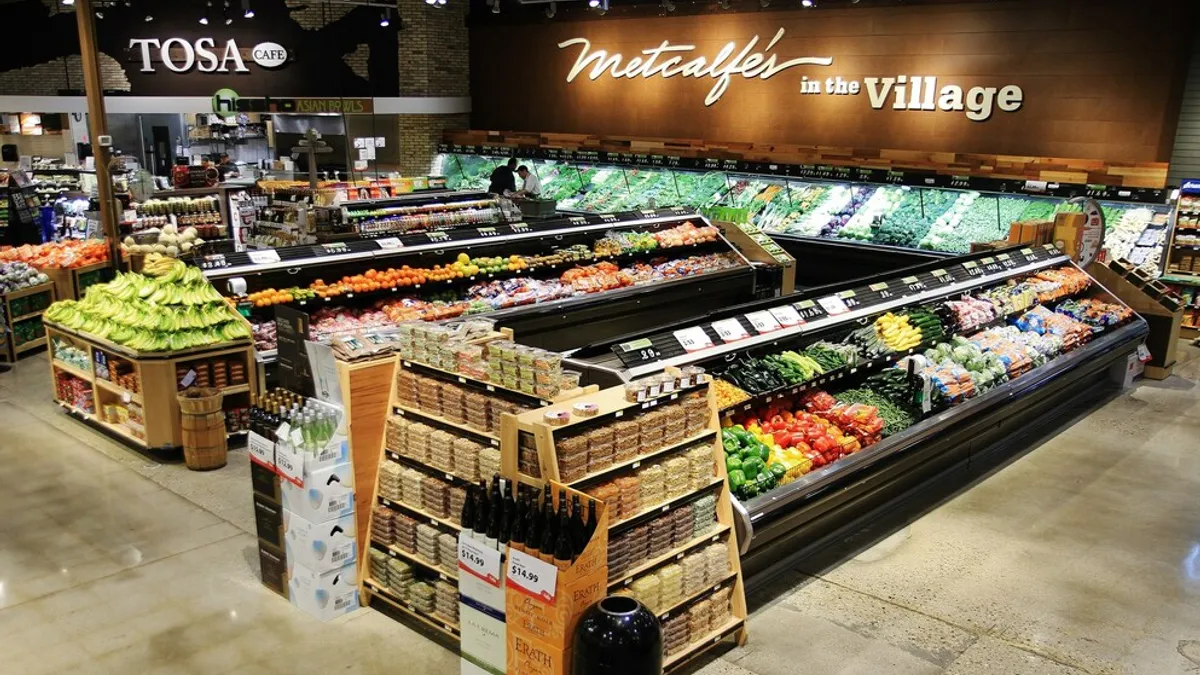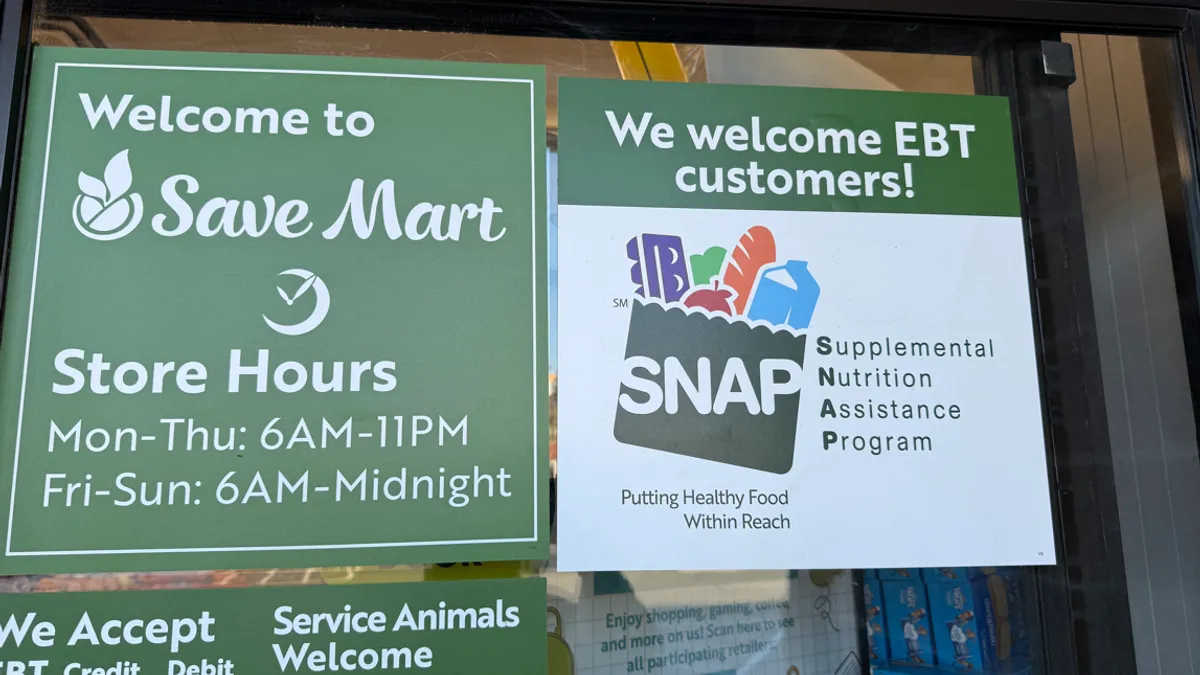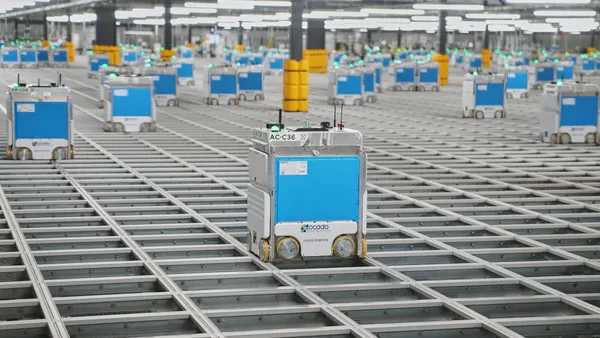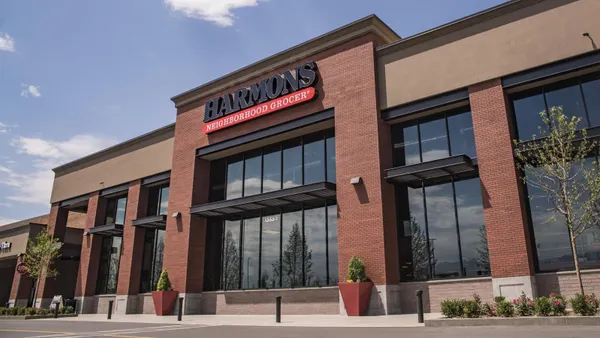LAS VEGAS — For a mid-sized grocer like Heritage Grocers Group, undergoing a company-wide artificial intelligence transformation is no small feat.
The Hispanic grocery company’s plan to establish larger AI-based systems took root approximately two years ago, Heritage Chief Operating Officer Prabash Coswatte said in an interview. Now, Heritage’s main focus is on continuing to implement “overarching AI” with two main focuses: pricing and promotion, and democratizing data information, he said.
During the Groceryshop conference last week, Coswatte discussed the benefits Heritage has seen so far from its AI transformation. And while Heritage was far from the only grocer to delve into how it is putting AI capabilities to work at the conference, Coswatte underscored in an interview that Heritage, like other grocers of its size, doesn’t have unlimited funds to test drive every flashy AI solution.
With this in mind, Coswatte aims to ensure that every AI capability has a well-defined purpose and offers a clear return on investment.
Under the grocer’s pricing and promotion plan, AI takes the clean data the company has and uses that information to make the grocer more profitable by attracting more customers and carrying out better merchandising strategies, Coswatte said.
“If you can kill a bad promo, that could save hundreds of thousands… of dollars,” Coswatte said.
AI has allowed Heritage to keep its pricing strategy sharp even as its footprint has rapidly grown. The company’s Cardenas Markets banner, for one, has nearly doubled its footprint in recent years. “[It was not] humanly possible that we could keep up with all the pricing strategies that we had to implement,” Coswatte said.
Before tapping AI technology to assist with pricing, Heritage used what Coswatte called “rudimentary machine learning,” noting that Heritage determined target margins without factoring in all the competitive data. Now, the grocer aims to automate the pricing process to gain these insights.
As for improving promotions, Heritage is working to bring AI into play to not only determine which promos are worth continuing, but also the timing around them. This is where production planning tech that uses a forecasting AI tool can come into play, Coswatte said. For example, when the technology alerts Heritage that temperatures in a store’s region will drop, butchers can be alerted to know which cuts of meat will likely be in the highest demand for that week, noting that cooler weather increases demand for stew meats.
While price and promotion AI advancements have a direct correlation to ROI, Coswatte recognizes that the company’s goal to democratize data has a less obvious connection. Regardless, Coswatte said “that data unlock is really important because we are getting millions of rows a week of data on customer insights and how we harness those insights [is] truly valuable,” Coswatte said.
To democratize data, Heritage is using AI capabilities to ensure every department, whether store-level or corporate, has access to relevant, timely data and can review key metrics, Coswatte said. Then the data is made available to select groups within the company, he added.
“So we’re doing almost beta testing [and] taking a champion from each department — whether it’s accounting, whether it’s continuous improvement, finance — and saying ‘Okay, we’re going to give you kind of the copilot license within there’” to test the AI tech and review results, Coswatte said. The end goal will be Heritage having more focused solutions to every aspect of its operations, he said.
Heritage is far from done bringing on new technology — AI-based or otherwise — into its stores. Coswatte noted that electronic shelf labels are on the horizon, adding that the company is talking with Simbe Robotics about potentially launching a one-store pilot. Regardless, Heritage will work to ensure every piece of technology has clear benefits for both associates and customers.
“I love technology with a purpose, and not technology for technology’s sake,” Coswatte said, “It’s not just to say ‘Hey, I got this cool technology. But what is it doing? Is it making our humans in the stores’ lives easier?’ Because at the end of the day, that’s what matters.”












